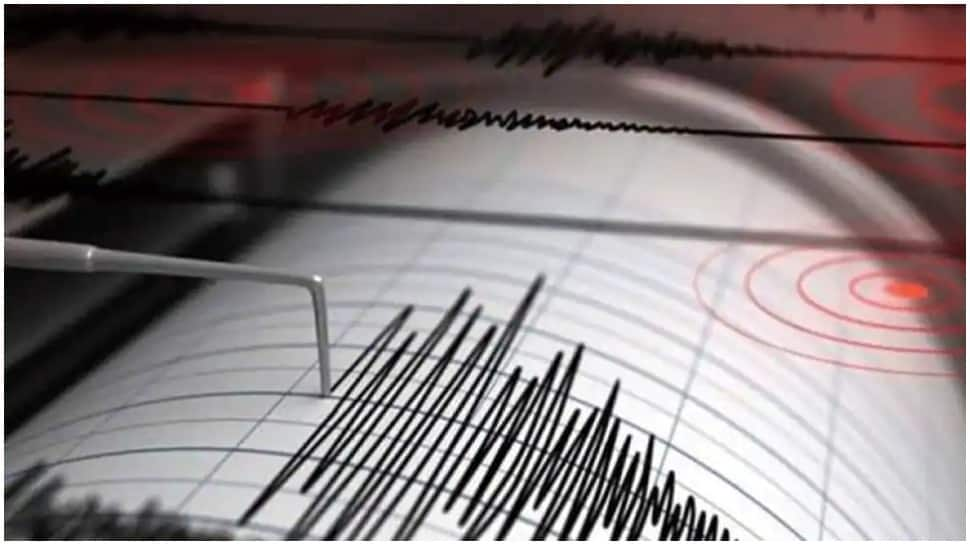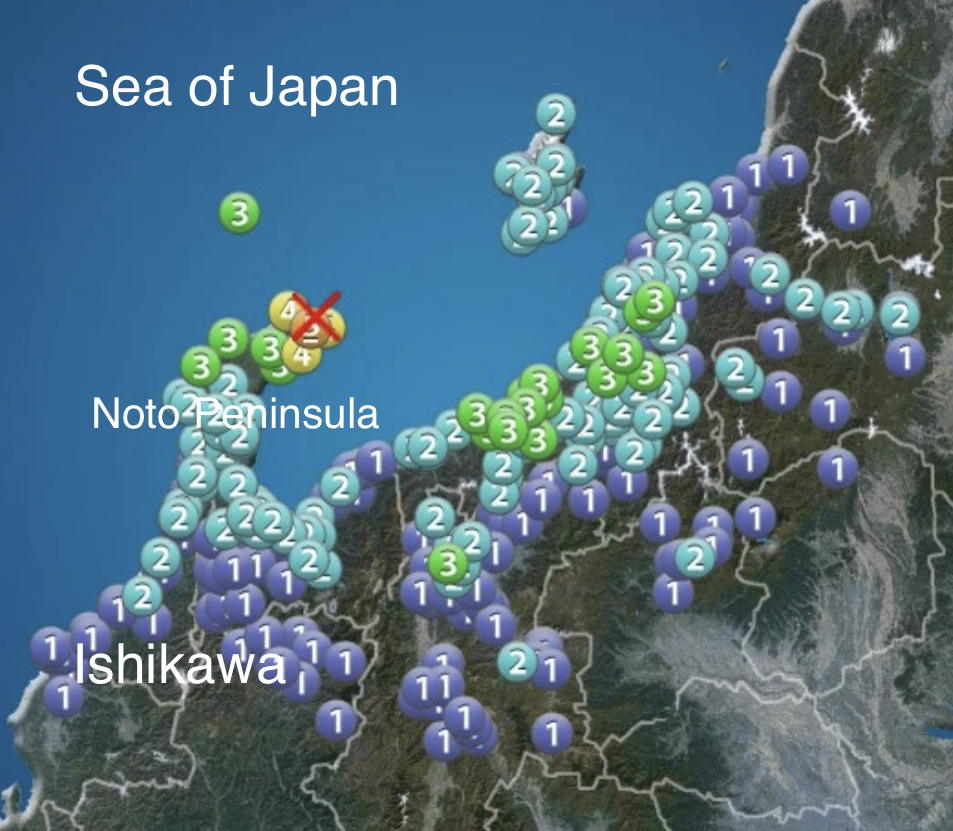Hold onto your hats, folks! A significant 5.8 magnitude earthquake just struck Tajikistan at 12:24 PM today, according to the China Earthquake Networks Center (CENC). The epicenter was logged at 39.25°N latitude and 70.65°E longitude, at a relatively shallow depth of 10 kilometers.

Now, why should you, a savvy investor, care about an earthquake in Tajikistan? It’s a fair question. While seemingly remote, such events can have ripple effects, particularly in emerging markets and regionally interconnected economies.
Let’s break down some earthquake basics, because understanding the science can actually inform your investment thinking. Earthquakes are caused by the sudden release of energy in the Earth’s lithosphere, creating seismic waves.
The magnitude of an earthquake, measured on the Richter scale (though modern measurements often use a moment magnitude scale), is logarithmic. This means each whole number increase represents a roughly 32-fold increase in energy released. A 5.8 is not a small tremor.
Shallow earthquakes like this one (10km depth) tend to be more damaging as the energy has less distance to travel before reaching the surface. Potential impacts include infrastructure damage, disruptions to supply chains, and even geopolitical instability – all factors investors need to consider.
While immediate market reactions are often limited, prolonged aftershocks or a significant humanitarian crisis could impact regional trade and investment flows. We’re monitoring the situation closely, and I’ll keep you updated on any potential financial implications. Stay vigilant!






